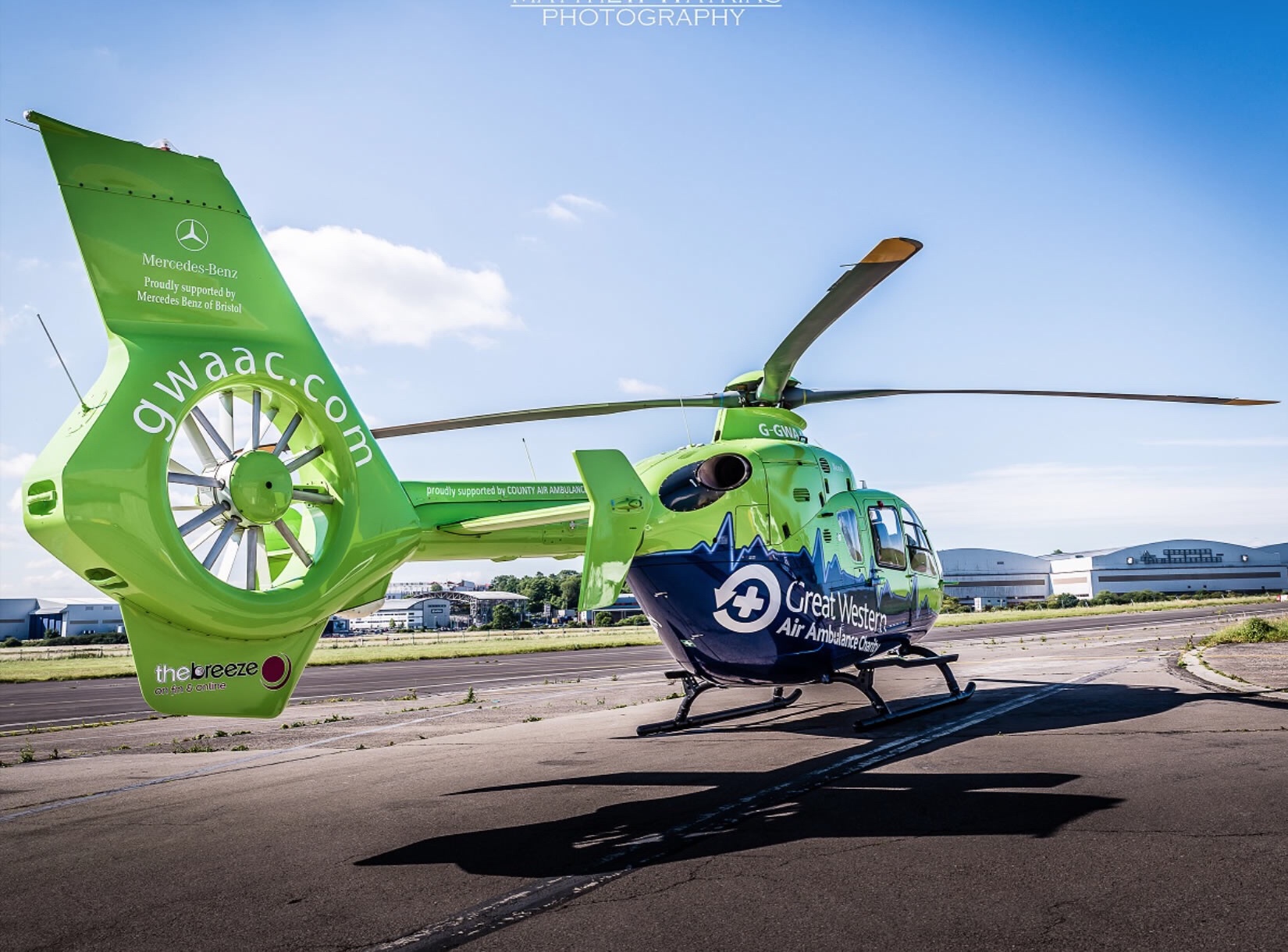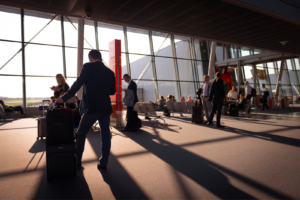Here’s what to do when you witness a helicopter trying to land near you
The Great Western Air Ambulance Charity (GWAAC) provides emergency care via helicopter and car to medical emergencies and traumatic injuries across Bristol, Bath and North East Somerset, Gloucestershire, South Gloucestershire, North Somerset and surrounding areas.
The GWAAC Critical Care team consists of a highly trained and experienced Pilot, Critical Care Paramedic and Critical Care Doctor. From emergency blood transfusions to roadside amputations or treating cardiac arrests, our crew specialise in Pre-Hospital Emergency Medicine and Trauma Medicine, quite literally bringing the hospital to the patient.

It can be exciting when you witness a helicopter trying to land near you. The fact is that our doctors and paramedics attend to emergencies in all kinds of locations – meaning that the pilot could have the very difficult job of landing in a park or a street. Understandably the pilot, doctors and paramedics on board the helicopter are concerned for your safety when they have to land in these public places, and they also understand the excitement and interest in the helicopter and of the scene unfolding.
Whilst GWAAC welcomes your interest, we are asking for your help to ensure that the helicopter can do its job by landing and getting to the patient in need as quickly as possible. Some of the emergencies attended by the GWAAC team can, quite seriously, mean life or death in a matter of minutes, so every second really does count. With your help, working with the GWAAC team, you can ensure you are doing your bit to help make the process of landing the helicopter and getting to the patient goes as smoothly as possible.
GWAAC has a few simple steps to follow if you spot the helicopter overhead:
• Move to the edges of the field so that the pilot has a clear space to land.
• The helicopter creates a strong down wash, and so hold on to your children, dogs, and any loose items you have with you.
• When the helicopter is coming in to land cover your eyes, to protect them from any debris.
• Make sure not to approach the helicopter until the blades have stopped turning and the pilot has left the aircraft.
• Finally, when you see the helicopter taking off, make sure not to approach the area that has been vacated until you see the helicopter in forward flight and is well clear of the landing site in case the helicopter needs to abort the take off.




